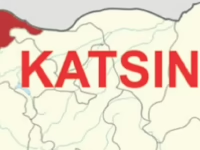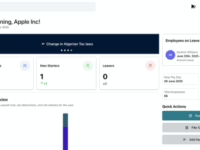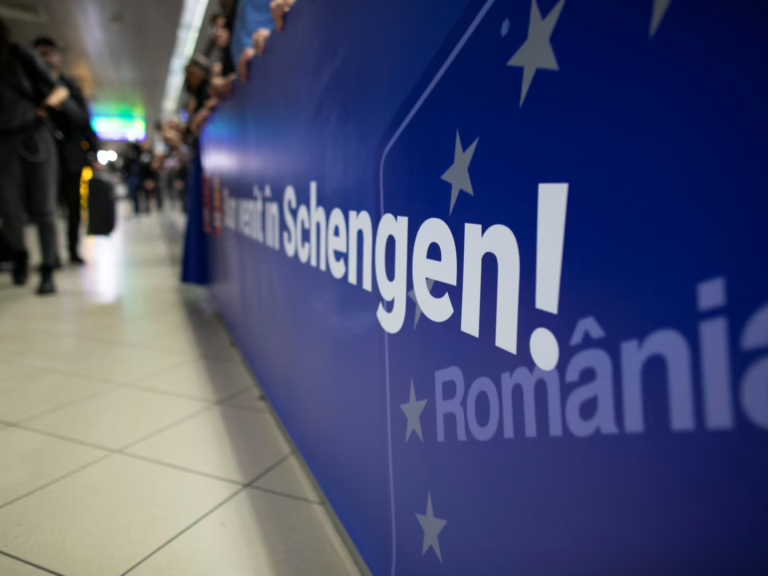Travelers from outside the European Union visiting countries within the Schengen area-a zone where internal borders have been eliminated-will soon encounter a new automated biometric system replacing traditional passport controls.
Launching on Sunday, October 12, the EU’s Entry/Exit System (EES) will be implemented across 29 Schengen countries, with full operational status expected by April 10 next year.
Below is an overview of the EES, its scope, and its implications for travelers:
Understanding the EES and Its Target Audience
The Entry/Exit System is a digital border management tool designed to monitor non-EU nationals entering and leaving the Schengen zone, which comprises 25 EU member states plus Iceland, Liechtenstein, Norway, and Switzerland. This area allows free movement without internal border checks.
The EES specifically targets short-term visitors-those staying up to 90 days within any 180-day period-who do not hold citizenship from the EU or the aforementioned non-EU Schengen countries.
Even travelers from visa-exempt countries such as the United States, Canada, Australia, and the United Kingdom will be subject to EES procedures.
However, certain groups are exempt from the EES, including:
- Citizens of Ireland and Cyprus, as they are EU members despite their Schengen status
- Passport holders from the Vatican City State or the Holy See
- Non-EU residents holding valid residence permits in EU countries, including Ireland and Cyprus
- Individuals traveling for academic research, education, voluntary work, or au pair programs
- Residents or long-stay visa holders of Andorra, Monaco, and San Marino, which are accessible only through Schengen countries
- Holders of local border traffic permits, train crew members on international routes, and those granted specific border exemptions
Operational Mechanics of the EES
Upon arrival at airports, train stations, or bus terminals within the Schengen area, non-EU travelers will be directed to immigration kiosks or booths where their passport information and biometric data-such as facial images and fingerprints-will be captured. Children under 12 years old are exempt from fingerprint collection.
Bram Frouws, director of the Mixed Migration Centre in Geneva, clarified that the EES will not affect internal Schengen border controls, maintaining the principle of free movement within the zone.
The system will also log the traveler’s departure from the Schengen area. Initial entries will create a biometric record, which will be referenced on subsequent visits to verify identity and compliance. If no issues arise, entry will be granted.
Biometric data is retained for three years if travelers adhere to visa conditions; overstayers’ data is stored for five years.
The EU Agency eu-LISA will oversee the EES, while Frontex, the EU’s border agency, is developing an EES mobile app to allow travelers to pre-register biometric data, streamlining border processing.
Countries such as Sweden, Portugal, Italy, Hungary, and Greece have expressed interest in adopting the app, with Sweden confirmed to implement it at select points like Arlanda Airport. Frontex is also coordinating pilot programs in France, Germany, and the Netherlands.
Purpose Behind the Introduction of EES
The European Council unveiled the EES in July to enhance the efficiency and effectiveness of border controls at the EU’s external frontiers.
The system aims to prevent visa overstays, combat identity fraud, and curb irregular migration into the Schengen area.
Kaare Dybvad Bek, EU Minister for Immigration and Integration, emphasized that robust external border management is crucial for the EU’s security, and the EES will facilitate compliance with travel regulations while expediting border checks.
Frouws noted that the EES is designed to identify individuals who legally enter the EU but remain beyond their authorized stay, potentially facing future entry bans.
Implications for Asylum Seekers
According to Frouws, asylum seekers’ biometric data is currently collected through a separate system called Eurodac, so the EES should not initially impact them.
However, concerns exist that if EES biometric requirements extend to asylum seekers, refusal to provide data could result in denied entry.
Biometric tracking helps determine the first EU country of entry, which, under the Dublin Regulation, is responsible for processing asylum claims. Yet, some refugees prefer to seek asylum in countries where they have family ties rather than their arrival country.
This raises questions about whether EES might inadvertently increase vulnerabilities for asylum seekers, including potential misuse at borders or lack of awareness about rights and obligations.
Privacy Concerns Surrounding the EES
Frouws warned of potential misuse of biometric data, such as linking facial recognition from public cameras to EES records for automated enforcement against overstayers, though such practices are currently prohibited.
The EU assures that all data collection and storage comply strictly with EU data protection laws, including the General Data Protection Regulation (GDPR), which enforces privacy safeguards and penalties for violations.
Access to EES data is limited to border, visa, immigration authorities, law enforcement, Europol, and transport companies obligated to report overstayers. In exceptional cases, data may be shared with international organizations or non-EU countries.
Introduction of a Visa Waiver System Alongside EES
Following the full implementation of EES in 2026, the EU plans to launch the European Travel Information and Authorisation System (ETIAS), a visa waiver program for nationals of countries exempt from short-stay visas, including the UK, US, Israel, Albania, Japan, Canada, Georgia, Moldova, and Ukraine.
British citizens residing in the EU and their family members covered by the UK-EU withdrawal agreement will be exempt from ETIAS, traveling with their EU or UK passports and resident cards.
Applicants for ETIAS will pay a €20 fee, waived for children under 18, seniors over 70, and family members of EU citizens or non-EU nationals with free movement rights.
Most approvals will be granted within minutes and linked electronically to the traveler’s passport, valid for three years or until passport expiration. However, ETIAS authorization does not guarantee entry, as border officials retain the right to assess eligibility upon arrival.






















